How Arsenal smashed Crystal Palace
Inside the 4-1 romp, including looks at the suffocating 2-3-5, the Saka-Martinelli connection, White's clinic, the set piece quandary, and Partey's debut at right-back
Behold! A few dubious observations from the reassuring 4-1 win against Palace!
The retro 2-3-5
A football pitch is a flat rectangle, but time is a flat circle. In tactics, as in fashion, what is old is new again.
In his yearslong project, Arteta has gradually and then suddenly shifted the Arsenal shape, inverting the full-backs to flank Thomas Partey, and pushing Xhaka up into the frontline to join the attackers. This generally brings the team together in a highly modern 2-3-5 attacking setup.
This was, of course, the very first formation adopted en masse, as chronicled in Inverting the Pyramid: The History of Football Tactics:
There is a widespread belief … that the 2-3-5 was first played by Cambridge University in 1883, but there is evidence to suggest they may have been using the system as much as six years before that … Certainly Wrexham were employing a center-half when they faced the Druids in the Welsh Cup Final in 1878.
Here’s a lineup sheet from 1887:
For the next 35 years or so, the “Pyramid” formation remained king, thanks in no small part to the success of Preston North End in the 1880s. Traditionalists at the time shared their outrage over the formation. Their ire wasn’t about the number of players committed forward, but the gall of these newfangled teams to leave two players back to defend. One poor Scottish club caught shit in the local paper for only putting nine players forward in attack.
In other words: much like Antonio Conte burning his bridges on the way out, the 2-3-5 is true #footballheritage.
The Arsenal have used the shape to devastating effect this year. One of the key reasons behind their success is the concept of “rest defence,” which Tifo explained brilliantly here, and we’ve talked a lot about over the course of the season. As the video posits, a simple way to look at this concept is by asking: “how prepared are you in the attacking phase to deal with a shift to defending?” For Arsenal, the answer is usually splendidly: the team is simultaneously able to maintain maximum width in attack with the front-5, and maximum narrowness with those behind (generally in a 2-3 shape).
It’s incredibly frustrating to play against, and directly led to the first goal against Palace.
At 26’, the team is in their usual attacking shape, with 5 in the front and 3 behind. There have been some rotations (Ødegaard and Saka have flipped, and Martinelli has made a central cut), and Ødegaard fires in a cross.
Palace does an effective job of gaining position and getting the ball, then clearing it. Home free, one would think…
Nope. Holding runs up from the backline, and the team swarms Édouard. He dishes it back to Doucouré. Home free again:
Nope. Ødegaard immediately runs at Doucouré and separates him from the ball:
Partey then runs up and plays the loose ball to a cutting Ødegaard in space:
…but he overhits it by a smidge, and Guéhi steps up and intercepts it. Home free again. Guéhi plays it up to Zaha to get rid of it, but uh-oh, somebody’s waiting there, too:
…aaaand that’s intercepted, as well:
From there, White plays it up to Saka, who crosses it to Martinelli, who slams it home.
One of the first concepts you learn as a kid is the idea of creating space while attacking, and generating compactness when defending. You may remember hearing coaches yell something like “SPREAD!” as soon as you won possession and “SQUEEZE!” as soon as you lost it.
Arsenal’s shape allows them to do both at the same time. The same reasons that early football teams were drawn to it — a fundamental ability to sustain attacks while minimizing vulnerability in the middle on the counter — are the same reasons it’s working today.
It’s claustrophobic, relentless, and dispiriting.
Saka ❤ Martinelli
Speaking of the first goal, here was the eventual assist:
In the post-game interview, Martinelli was asked how much he loves playing with Saka, and here’s what he had to say:
“A lot! He is a great guy. Not just him, but the whole team, we are a family. Bukayo has been playing so well. He’s a brilliant player and I just love to play with him.”
Judging by the stats, the feeling is mutual.
Given that the two stars line up at opposite ends of the pitch, they may make a bit of an underrated duo when collaborating directly.
To investigate, I was messing around with Ninad Barbadikar’s new shotmap tool in Tableau, and pulled up Martinelli.
Point thine eyes to the top-right, and you’ll see that Saka has assisted 15 of Martinelli’s shots, the most of any Arsenal teammate — by some margin:
Together, they have combined for 37 G+A. They’re both younger than Kiwior. And they’re both secured for the long term.
Not bad.
Unexpected rotations FTW
Which brings us to the second goal. If you happen to read these things weekly, you’ll notice a recurring theme. Arsenal goals are so often created after a player takes initiative to begin an unexpected set of rotations.
I’d encourage you to watch this sequence in full. After a ridiculous control touch by Zinchenko on the right, then one of those winding muscular gaited dribbles by Ødegaard, the ball is switched over to Gabriel on the left.
Now, Palace was pretty run-of-the-mill in terms of how low they chose to play against Arsenal — pretty negatively, to be sure, but with some semblance of a press here and there.
When teams play low, one of the key tools at the attacking team’s disposal is the center-back dribble. It carries real risk, but it’s often a worthwhile transaction: the opponent is forced to choose between letting the CB through (and making it easy for him to find a decisive pass) or standing up and marking him (and risk getting bent out of shape). I associate these dribbles with Joël Matip, who is proactive about unsettling settled blocks.
Gabriel did this here. He saw the left half-space vacated, and forced the issue by dribbling through it, and laying the ball off to Xhaka on the LW:
….now look at the screenshot below. Gabriel joins the front 5, the standard Arsenal attacking line. But because he’s an unexpected entrant — “What da hell is a polor bear doin in Arlington texas” — he draws two defenders towards him, leaving Xhaka open to cut on the left. Zinchenko, like Ødegaard, does a brilliant job of masking his body-shape to play it into space:
…this leads to the dangerous Xhaka cross, which Saka corrals and then brings back into play.
He does a 1-2 with White, leaves poor Zaha in the dust, and scores as every Arsenal player calls for the ball:
After that was a VAR check, a kickoff, and a ferocious high-press. Within eight seconds of going up 2-0, Arsenal had created another good opportunity — Trossard had options all around him before opting to shoot:
No rest for the weary.
The evolution of Benjamin White
Benjamin White was probably Arsenal’s most consistent performer before the World Cup break. That consistency has largely stayed in tact, but in a couple matches since — Manchester United, even Sporting CP last week — it’s easy to conclude that fatigue was showing up in spurts.
But a few tired games may have clouded the overall picture, which is that White’s technique, dynamism, and wide 1v1 defending are all on upward trajectories.
The Palace game gives us a perfect opportunity to reflect on this. In August, White made his first start at right-back for Arsenal. He was relentlessly targeted, largely against Zaha on the wing, having to initiate 23 defensive duels in all, the most of his career (which is surprising, given his time under Bielsa). He succeeded through tireless effort and smart positioning, but it always felt a bit of a high-wire act.
Everything has felt more controlled since. But the true improvements have been through his cutting edge as a passer. On the left, you can see White’s passing range and stats from Sunday. On the right was his game against the same opponent back in August:
Some of this should be caveated, as Arsenal played a more dominant game in possession overall. But White contributed to that, of course, and had a blinder of a game, notching an assist and a pre-assist. More than that, his interplay with Saka is looking more dangerous by the week, while his crosses are getting lower, stronger, and more incisive (instead of the pick-and-pop variety that we saw so much of in the first half of the year)
Just last week, he played it to his off-foot and cut a perfect far-post cross to Martinelli, which forced an excellent Leno save:
It would have been nice to have Tomiyasu to spell him down the stretch, but moving forward, White is one of the big winners of a once-a-week schedule.
Set piece shambles
Despite the beautiful display, a familiar concern resurfaced after White hilariously booted the ball into the stands: corner defending.
Schlupp outmuscled the skipper, Gabriel got a bit boxed out by both of them, and the clean sheet was disappointingly no more:
Set pieces are a unique wrestling match all to their own, and I’m likely to devote an upcoming deep-dive piece to them specifically. In the meantime, I went back and took some quick notes on some of the corner goals that Arsenal have conceded to date, in an effort to identify patterns:
CRYSTAL PALACE (19 March): See above.
SPORTING CP (9 March): Kiwior doesn’t jump after a potential Matt Turner call.
BOURNEMOUTH (3 March): Partey just loses Senesi for an easy header to go up 2-0.
EVERTON (2 February): Tarkowski goal, and this is probably the one to study most. Ødegaard is again isolated on a beast. It’s Jorginho against Onana, Ødegaard against Tarkowski. Saliba gets muscled for position.
UNITED (22 January): Tomiyasu runs into Ramsdale, and Lisandro Martinez heads it home with his head bandage on.
JUVENTUS (friendly): Short corner, Xhaka header own goal. Just unfortunate, not a big deal.
PSV (27 October): Luuk de Jong gets isolated on Tierney (who doesn’t jump), Holding goes up without marking a man, and Ramsdale is boxed out and misses his punch.
VILLA (31 August): Ramsdale gets tackled and Douglas Luiz curls it in. Super cool, very legal.
As I said, I’ll look to study this a bit more. But after watching them back, here are my initial impressions:
Arsenal has a delicate ratio of Big Guys. When a lineup features, say, Trossard, Martinelli, Saka, Zinchenko, Jorginho, and Ødegaard — it’s too easy for a team to isolate one of their beasts on a smaller adversary. In a case like Everton, they’ll have big guys match up with the likes of Saliba and Gabriel; then, they’ll have big guys to spare against the Jorginhos and Ødegaards. The skipper is so good at throwing his weight around in advanced defending but can get thrown off-balance on corners with relative ease.
There are probably three cases of ineffective communication between the keeper and his defender: Turner and Kiwior against Sporting; Ramsdale and Tomiyasu tangling against United; and Ramsdale missing a punch and getting boxed out against PSV. The commands may need updating and more indoctrination.
Saliba and Holding can still run into problems with jockeying for the ball instead of winning position first.
When they’re not in the zone of the aerial duel, I’m not sure Arsenal defenders join Ramsdale on the backline quite enough (see Holding above).
As far as other potential solutions go, that’ll probably be for another post. That’s all I got on this for now.
Introducing right-back Thomas Partey
One of the more interesting developments of the game was seeing who filled in at right-back once White came off: none other than Thomas Partey.
We even got a rare sight. A Thomas Overlap:
This was his first time doing so at Arsenal, but the Wyscout data tabulates about 1,000 minutes at the position over the course of his career.
I went back and watched some of his tape in the position, and it went about as you’d expect. He scored a goal on a give-and-go in his debut in the position back in 2017, and then started there across La Liga, Champions League, Europa League (against us) and Copa del Rey. The most I watched was in a 2-0 loss to Barcelona in 2019, where he played 56 minutes and won 12-of-17 duels, effectively zeroing out the left-wing as a Simeone defender (but I didn’t watch the whole thing, so that view may be incomplete). As a silly way of looking at it, I see his WhoScored rating is 7.41 in starts at RB, compared to 6.93 overall.
Now, hear my bullshit idle speculation (sue me, it’s the international break). My ears perked up whenever I heard that a desired Moisés Caicedo signing would not impact a move for Declan Rice in the summer. Looking at that potential midfield — Partey, Caicedo, Rice, Ødegaard, Xhaka, Vieira, ESR, potentially Trossard, now Jorginho, and I’ll even throw in Sambi to the mix — one has to assume that Arteta has a plan for incorporating them (or otherwise, shipping them off).
While it’s possible there could be some unexpected departures, my hunch is that one (or more) of those players may be slated for more creative utilization, and the full-back position may be a good place to do it: it is, after all, pretty fundamentally a midfield position in this setup. Could Arteta envision a Caicedo or even a Thomas providing actual depth there once the midfield depth chart gets properly stacked? I don’t know. Maybe. But Sunday gave us no reason to fully discount that notion.
Maybe I’m overthinking — who, me? — so here’s a simpler way to look at it in the short-term: if you give Arteta even the slightest chance to play Jorginho, he’ll probably do it. In lieu of actual cover for White at right-back, an emergency Zinchenko/Jorginho/Thomas “3” is entertainingly press-resistant.
Final notes
Let’s bring it home:
An interesting corollary to the Thomas-at-RB thing is that the team didn’t opt to go for a 5-back as they had early in the season. Arteta was a little bit more flexible with formations in the opening months, popping Holding into the backline to protect late leads, and sometimes moving to a bit of a 3-5-2 (with Nkeitah and Jesus up top) when chasing goals. The results were mixed at best. It was somewhat disastrous in the first United match; it worked when completing a 2-1 comeback against Fulham the first go-around; and didn’t produce results against S’oton. It has, by and large, melted away. The shape is the shape is the shape.
Holding was magnificent, particularly when pushing forward to break up play in the midfield. His touches were crisp (hitting 9 of 10 long-balls!), and he was great in the air when they hoofed it long (winning 7-of-10 overall). He’s likely to face more direct on-ball pressure in the games to come, not to mention teams who can more reliably generate chances, but apprised himself quite well in the meantime. Sure, he’s no Saliba. He shouldn’t be expected to be.
Zinchenko’s upfield defending deserves all the plaudits that it gets, but he had a ruthlessly efficient game on Sunday: passing at a 96.1% clip and putting on a defensive masterclass against Olise everywhere on the pitch. That’s a tricky mark, and Zinchenko looked like, well, Tierney.
Speaking of Tierney, was so happy to see that head-up assist. Everything about his appearance looked strong to me.
Xhaka looks to be returning to his early-season self. It’s hard to project chemistry, but he and Trossard really seem to have a mindmeld going in these early days, and it’s a lot of fun to see.
We’ve mentioned it a couple times around these parts, but Kiwior really does seem to have that extra something talent-wise. Arsenal can afford to be patient with him.
Here’s a concern I never touched on after the loss to Sporting CP. The 2-3-5 rest defence that we talk about above can hide a lot of Jorginho’s deficiencies. He can still get dribbled around, but is active, and when surrounded by other narrow defenders, can be quite effective. The problem, as everyone knows, is his speed, which is probably in the 40th percentile… of referees. Something I saw Sporting CP do to exploit this was to play out of the back, drawing Arsenal defenders upfield, which allowed them to then isolate on Jorginho in space. Pedro Gonçalves, who was playing central midfield but has wingstriker capabilities, could sprint into lanes to his heart’s delight and they could play long-balls to him like a true attacker. It was smarter than simply hoofing it long, and something that’ll have to be watched in upcoming Jorginho appearances.
Saka, Saka, Saka, Saka. In conclusion: Saka.
Finally, let’s hear it for that Rob Holding striker audition. You can never have too much depth.
Next up, I’m working on a piece with some ideas of players who Arsenal can target in the summer market in the back-four, particularly long-term options at RCB and FB. Given the performances of Holding and Tierney on Sunday, it feels spectacularly ill-timed. I never said I knew what I was doing.
Be good out there.
Get well, Tomi.
And happy grilling. 🔥

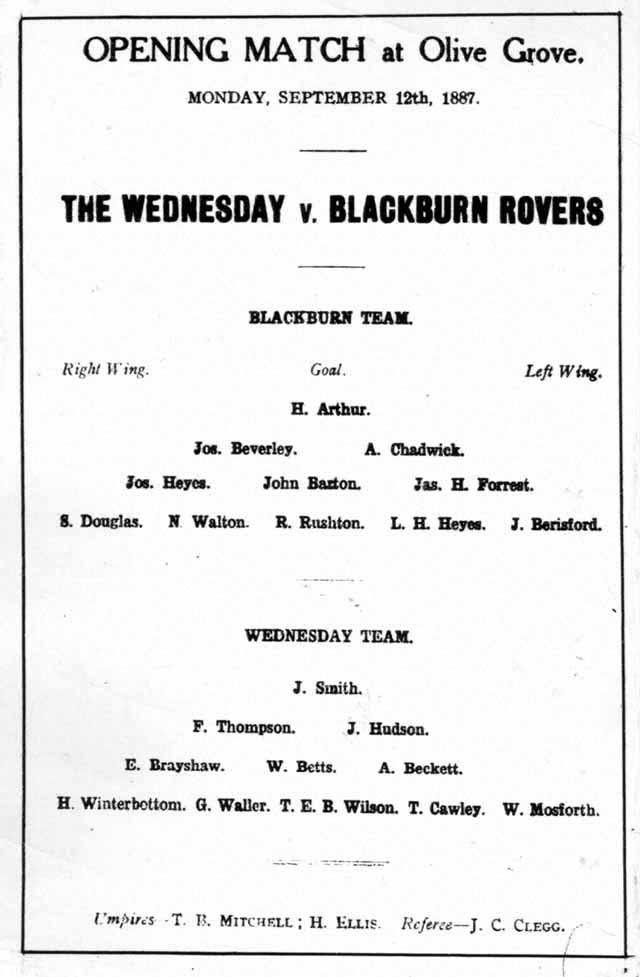






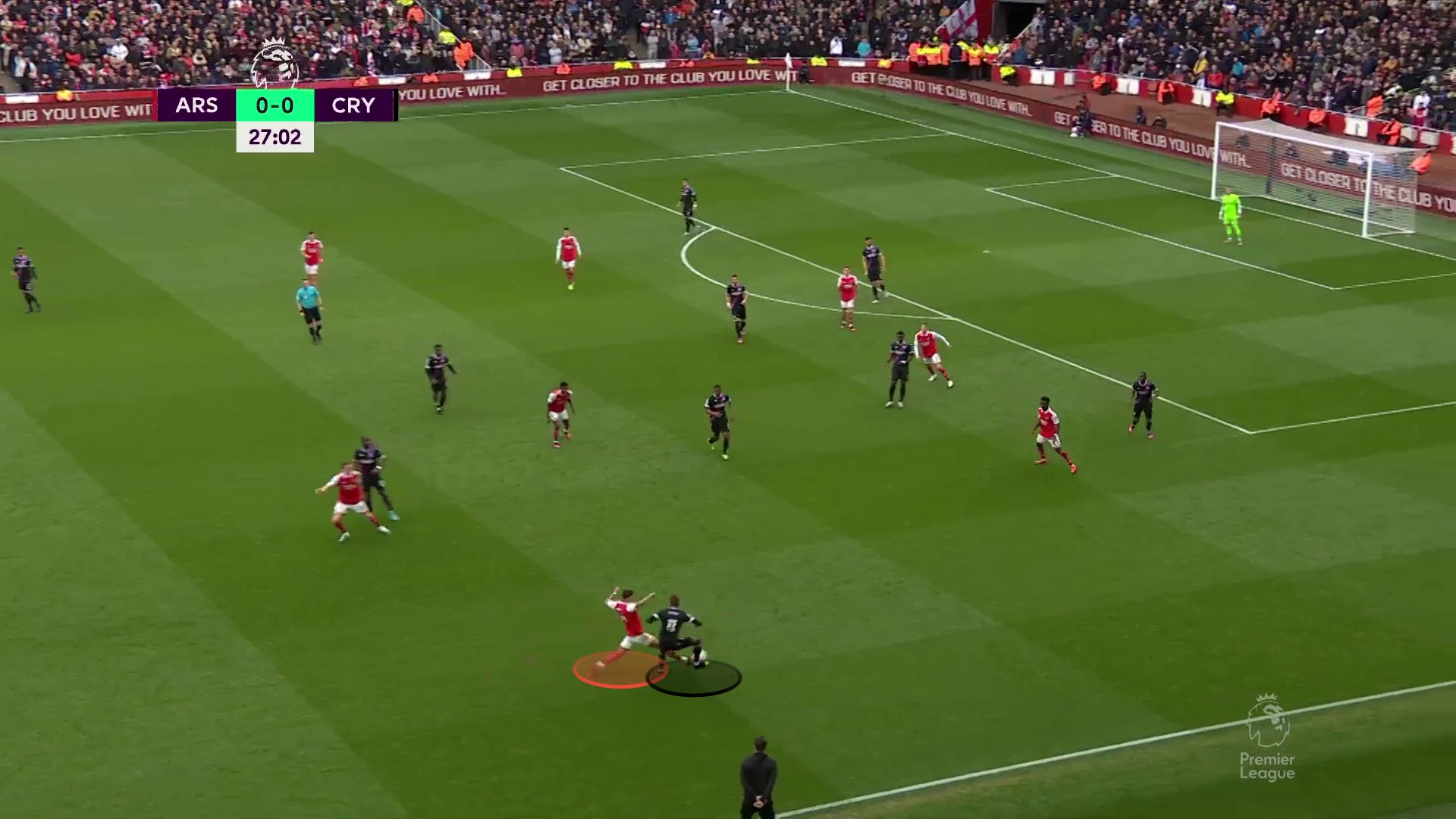
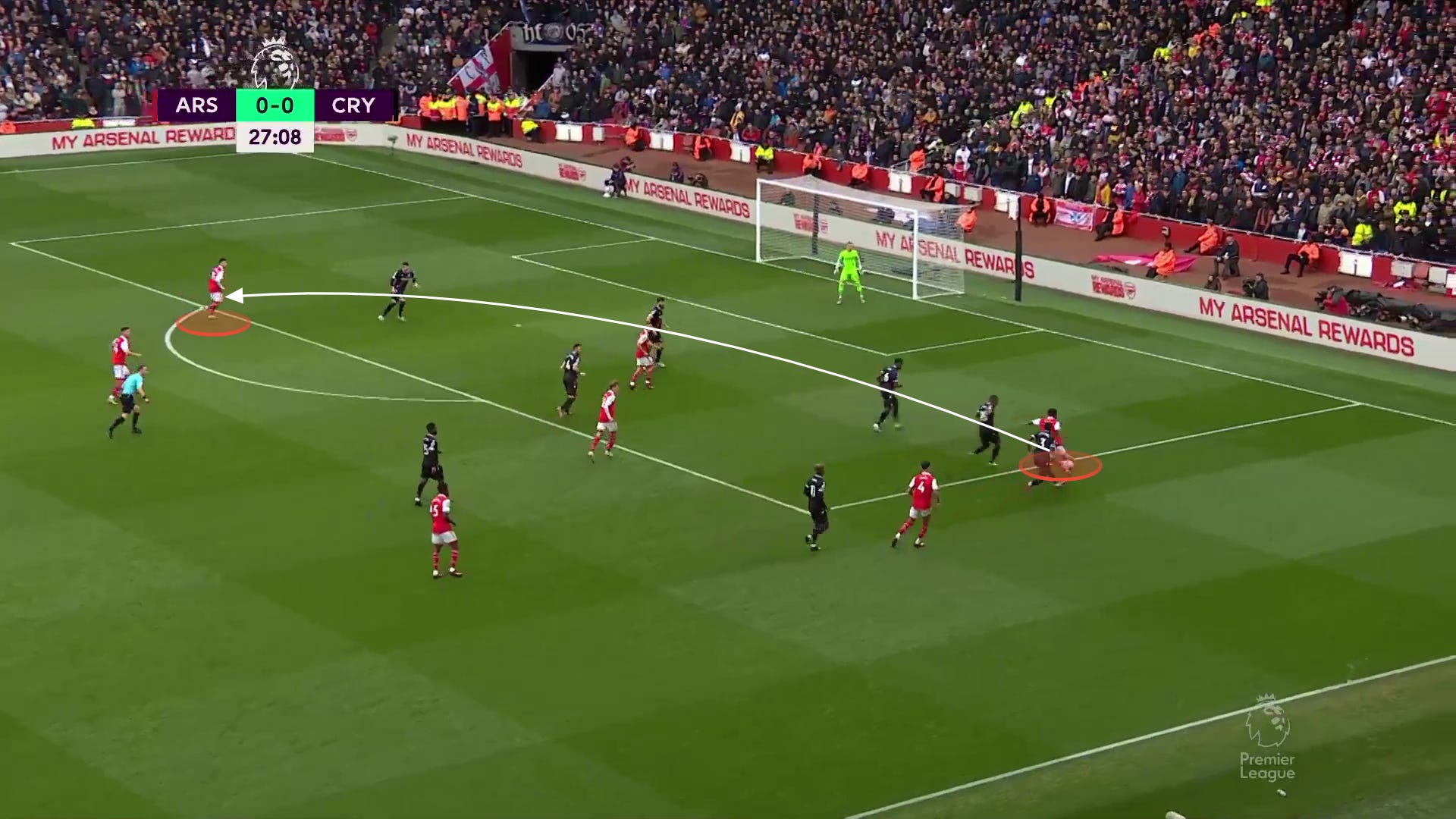


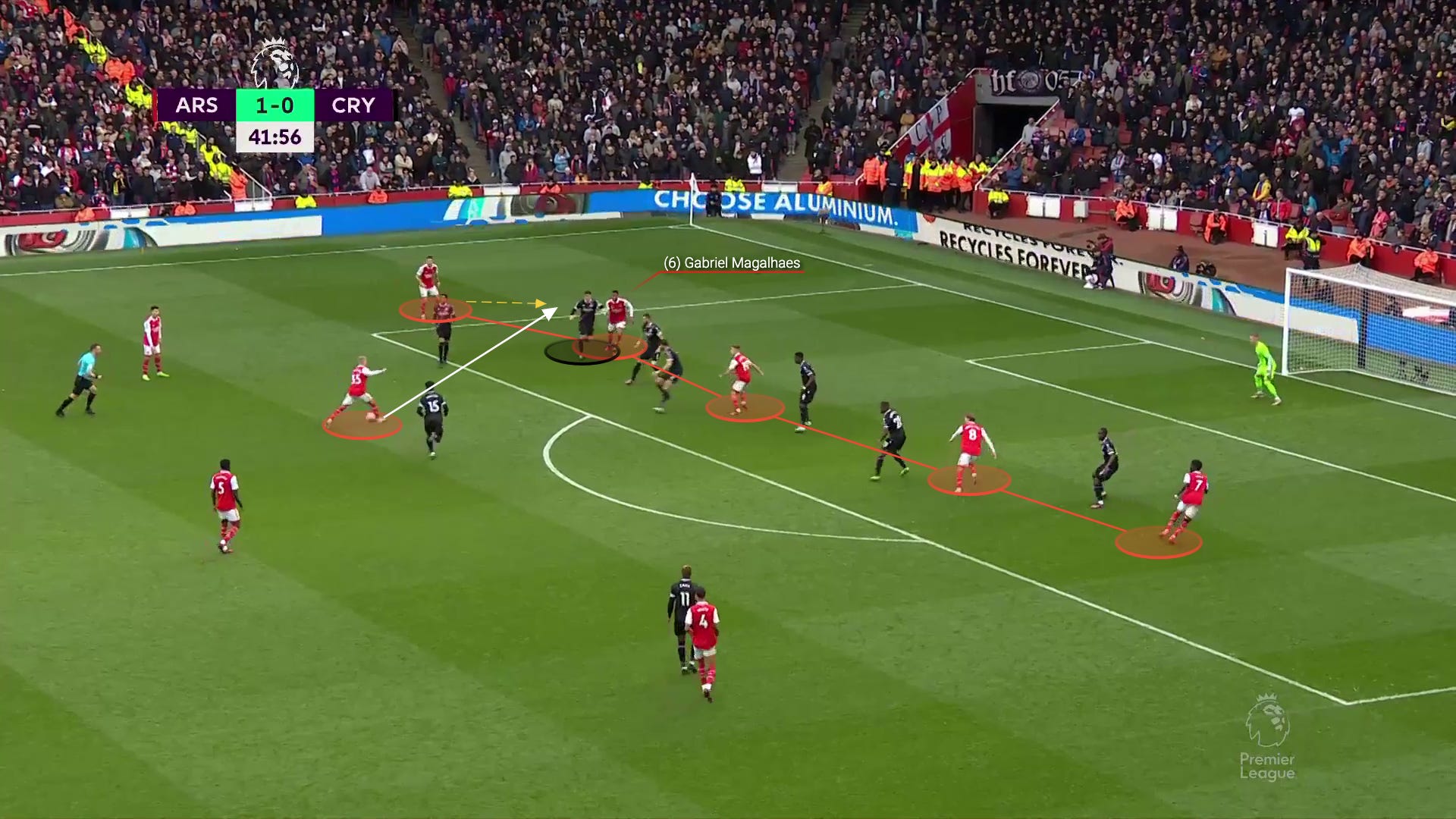

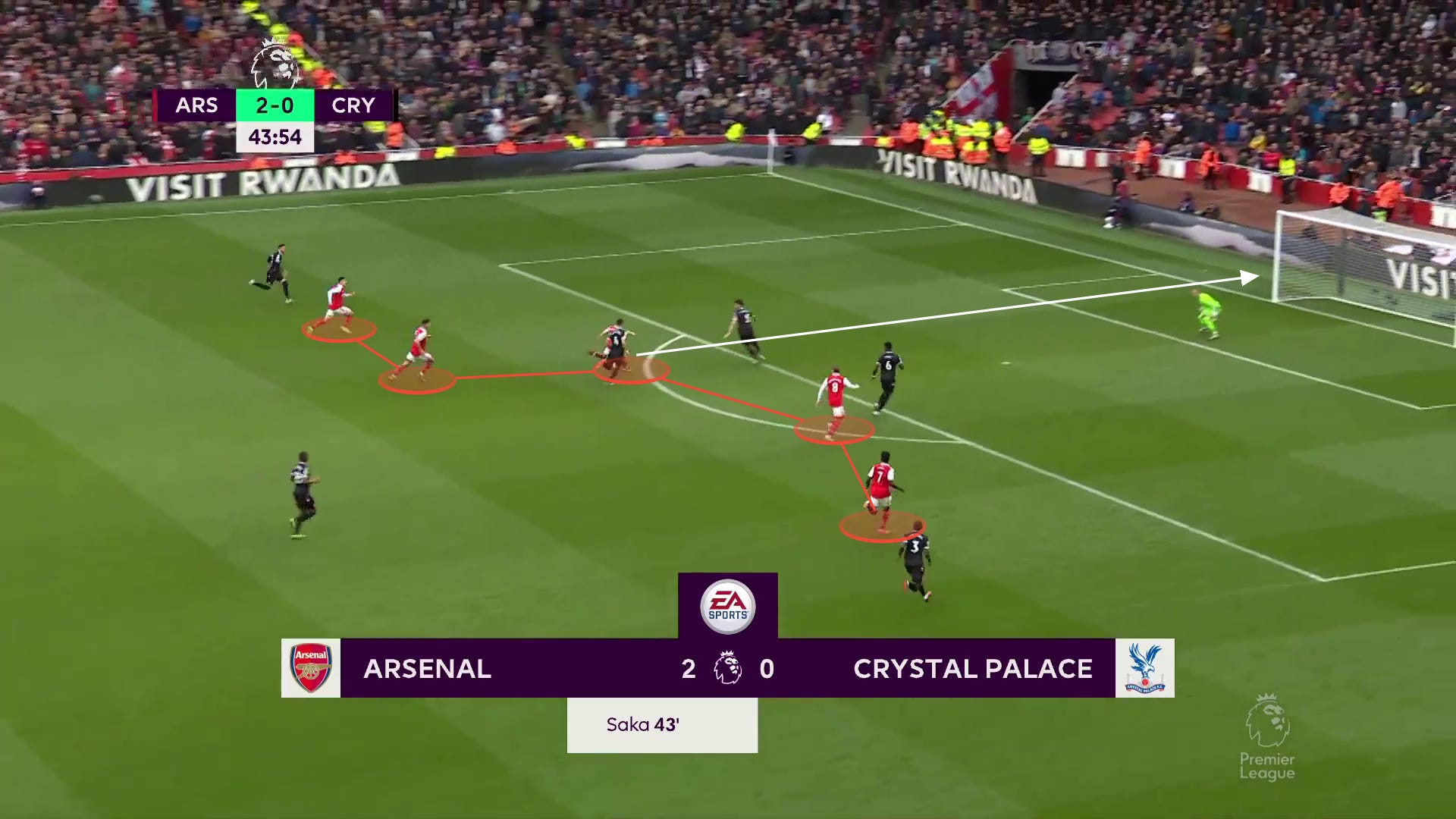





Your bbq earns my 5 stars rating. So so good!
These are so so good, thank you!